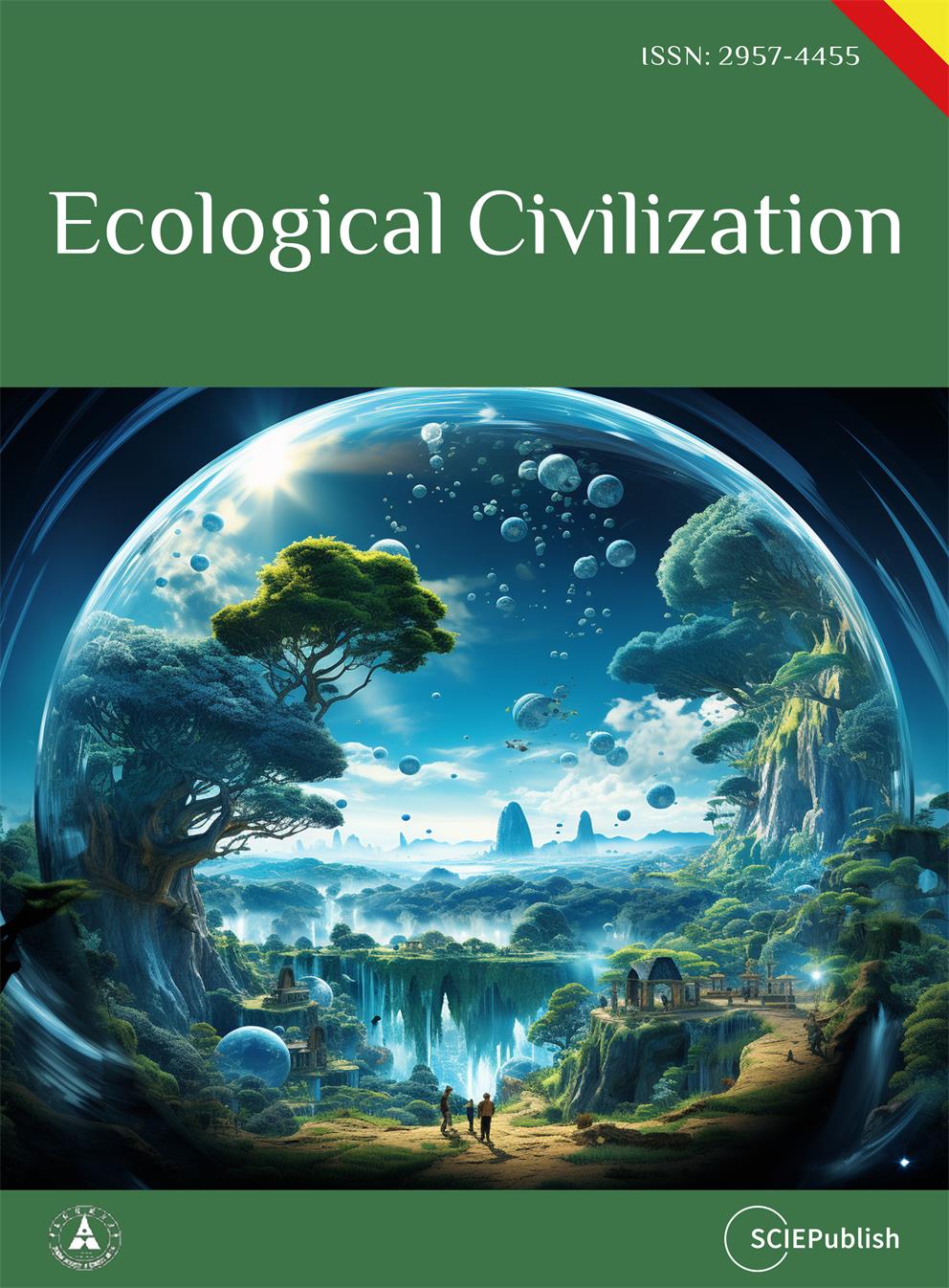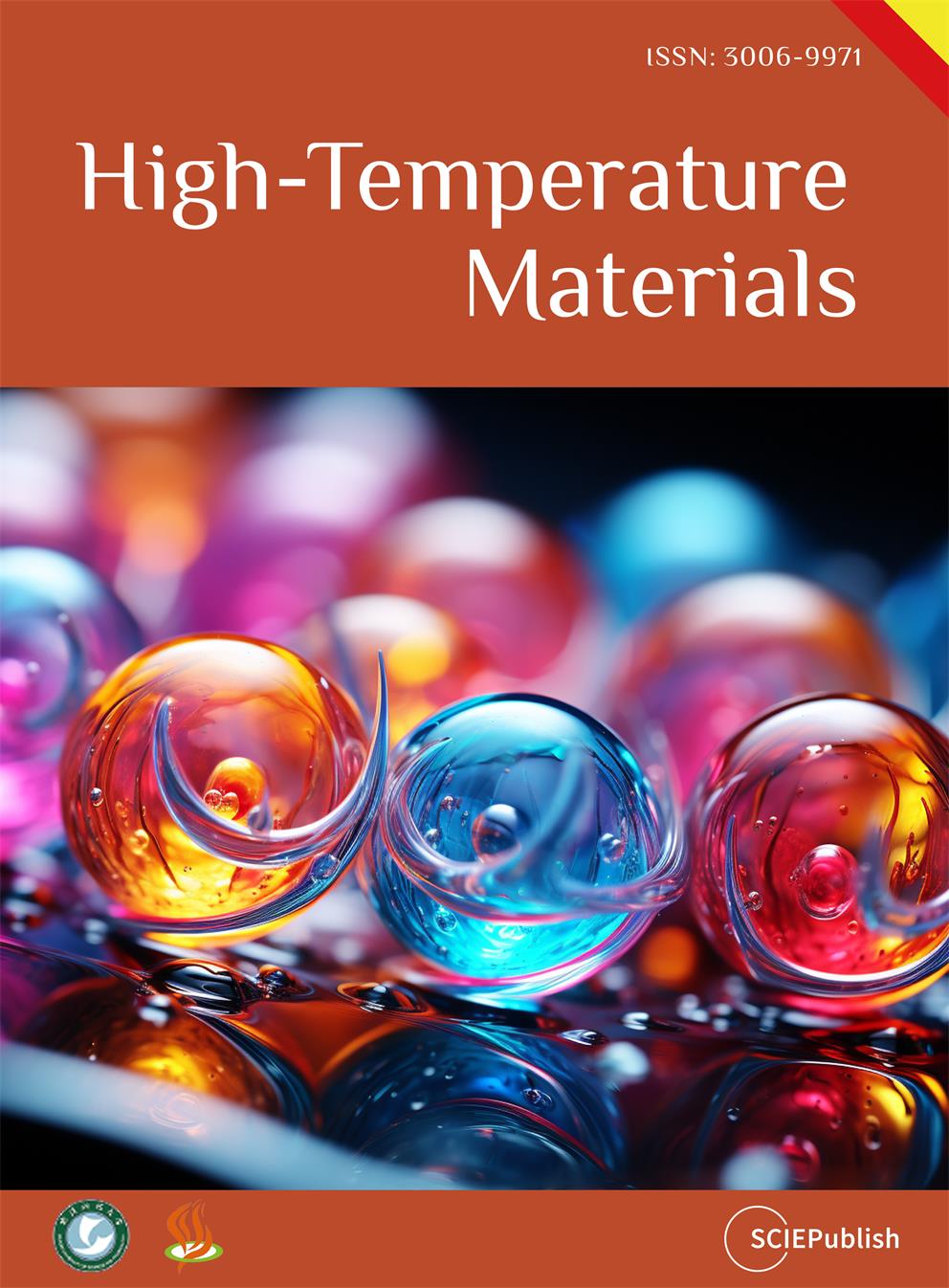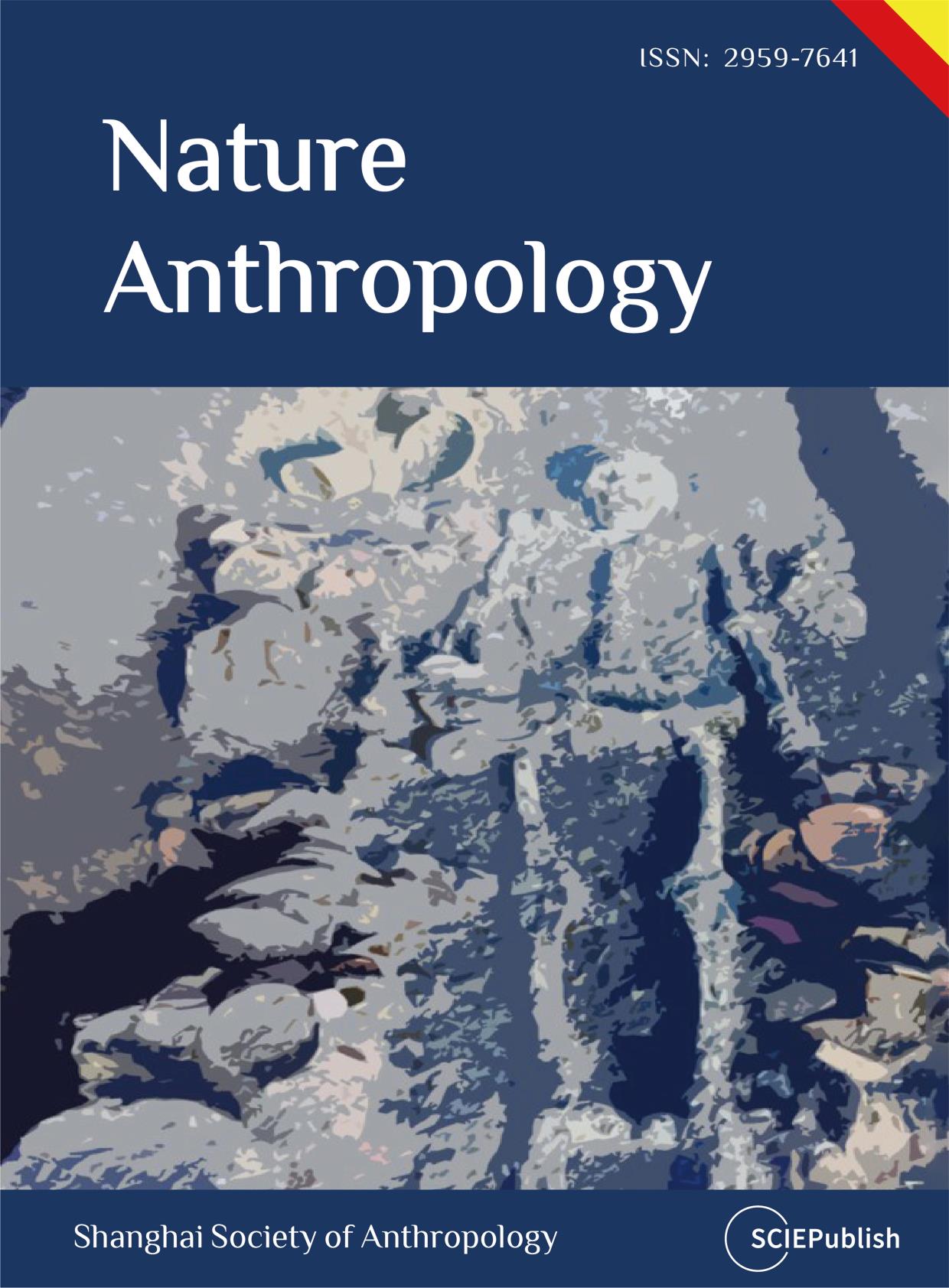Artiles
Article
22 April 2024
Construction of a Comprehensive International Legal
Protection Mechanism for Climate Refugees
Climate refugee has become an unavoidable major right crisis challenge for the international community. However, the corresponding development of positive international law is obviously imperfect. The basic rights of climate refugees cannot be fully guaranteed by international law. They are always facing problems such as unclear legal status lack of protection of basic rights, and imperfect relief mechanism. Those vulnerable groups who lack resources and migration abilities suffer more serious rights violations because they are forced to stay in place. Compared with the risk-management framework and right-protection framework, the comprehensive international legal protection mechanism is the inevitable choice for climate refugees’ rights relief in the post-2012 period. The rights of climate refugees set out in the preamble of the Paris Agreement in 2015, the New York Declaration on Refugees and Migrants in 2016, the Global Refugee Compact in 2018, and the Global Compact for Security, Order and Regular Migration formally incorporated the issues of refugees and migrants caused by climate change, laying the foundation for this choice. However, it is a long and difficult way to build a perfect comprehensive international response to climate change. It is not only necessary to realize the integration of human rights law and climate law at the conceptual level, but also to integrate the different perspectives of the two laws and build a set of scientific and reasonable cooperation mechanism.

Article
19 April 2024Can Digital Village Construction Reduce Rural Income Disparity?—Empirical Analysis Based on Inter-provincial Panel Data in China
Cutting the income disparity within rural areas is one of the key priorities in seeking common prosperity in China. Based on the panel data of 20 provinces in China from 2011 to 2020, we empirically analyze the impact of digital village construction on rural income disparity by building a digital village construction level indicator system which represents three dimensions of digitalization in rural areas, i.e., digitalization of rural infrastructure, digitalization of agricultural development and digitalization of rural residents’ life. Overall, the level of digital village construction in rural China has shown a development trend of gradual improvement, while the development level in various regions is unbalanced and varies greatly. The results of the fixed-effect model show that, digital village construction can significantly reduce the income disparity in rural areas, whereas the effect is significant in eastern China, insignificant in central and western China. It is recommended to increase the investment in funds and talents and take full consideration and advantage of local conditions, while promoting the development of new rural digital economy, so to achieve the development goal of common prosperity of rural residents.

Article
18 April 2024Biodegradable Composite Materials Based on Cassava Starch and Reinforced with Topinambur (Helianthus tuberosus) Aerial Part Fiber
The cultivation of topinambur (Helianthus tuberosus) has aroused the interest of producers since it is a source of inulin and can be used for biofuel production. During tuber processing, the aerial part of the crop remains as a by-product with no practical application. This work aimed to characterize the fibers obtained from the aerial part of topinambur and to evaluate their reinforcing potential in cassava starch-based films. Starch-based films with topinambur fiber (0, 5, and 10%) were prepared by extrusion followed by thermocompression. Topinambur residue contains 88.6% of total fiber, 8.5% ash, and 0.68% lipid. Mechanical film properties evidenced the reinforcement action of topinambur fiber, 10% content was able to increase up to 70% the Young’s modulus. SEM micrographs evidenced the good fiber-matrix interaction. UV-visible capacity, opacity, and chromaticity parameters of TPS films increased with fiber content in the formulation. Fiber incorporation improved the hydrophobicity of the biocomposite materials by increasing the contact angle. Starch-based films biodegraded more than 55% after 110 days, showing a similar trend to that of microcrystalline cellulose. Thus, topinambur residue can be effectively used as a reinforcing agent for TPS materials, being an innovative and non-toxic additive within the circular economy premises.

Article
17 April 2024Thermogravimetric Study of the Oxidation Behavior of the Cantor’s Alloy at 1000 °C and Beyond
A polycrystalline Cantor alloy, equimolar in Co, Cr, Fe, Mn and Ni, was cast. It was subjected to oxidation in a thermo-balance in a flow of synthetic dry air, at 1000, 1050, 1100 and 1150 °C. The mass gain was globally parabolic but rather irregular. The parabolic constants, ranging from 55 to 700 × 10−12·g2·cm−4·s−1, are much higher than for a chromia-forming alloy. They obey an Arrhenius law with an activation energy equal to 270 kJ/mol. The external oxide scales formed are composed of an outer part made of manganese oxide and an inner part made of (Cr, Mn) oxide containing a thin internal layer of chromia. The Mn and Cr-depleted depths and the Mn and Cr masses lost by the alloy increase with the oxidation temperature. Cr-rich acicular particles precipitated in subsurface at 1100 °C and internal oxidation along the grain boundaries are present in the whole thickness of the sample oxidized at 1150 °C. Oxide spallation occurred during the cooling, at temperatures in the 200–350 °C range, only for the alloys oxidized at 1050 and 1100 °C. Not too thick scale (1000 °C) or deep internal oxidation (1150 °C) may be favorable for scale adherence.

Editorial
17 April 2024
Review
15 April 2024Human Mobility in the Central and Eastern Mediterranean during Hellenistic and Roman Times: The Potential and Limitations of Bioarchaeological Research
This paper offers a review of bioarchaeological research on human mobility during the Hellenistic and Roman period in the Central and Eastern Mediterranean. This period was marked by significant connectivity amidst the establishment of major political entities. The paper begins with an overview of bioarchaeological methods used to study past mobility, including biodistance, isotopic and ancient DNA analyses. It then examines published studies that have utilized these methods to explore mobility during the Hellenistic and Roman periods. The paper concludes by critically assessing the current research limitations and proposing directions for future studies. These suggestions emphasize the importance of conducting additional research to investigate human mobility in neglected areas, as well as at different temporal and spatial scales. Integrating mobility data with other sources of evidence, such as historical accounts, paleoenvironmental data and osteobiographic information is another important future direction of research. Finally, relevant research should be more theoretically informed and its contemporary implications should be effectively communicated within and beyond the academic community. An enhancement of our understanding of the nature and impact of mobility is crucial in today’s society, where misconceptions linking immigration to the decline of the Roman Empire can perpetuate biases against contemporary mobility.

Article
15 April 2024Impacts on the Legal Framework for Protecting Environmental and Human Rights in Brazil due to Ideological Antagonism: The Interrelated Cases of the Yanomami and the Amazon Fund
The occupation of the Amazon is driven by capitalist production, impacting climate change discussions. Despite constitutional protections since 1934, the influx of non-Indigenous settlers, particularly miners, led to significant conflicts. The Yanomami sought international recourse through the Inter-American Commission on Human Rights (IACHR). In the context of redemocratization, the 1988 Constitution marked a shift, reinforcing Indigenous rights and environmental protection. Brazil’s role in protecting the rainforest intersects with global climate efforts, including the REDD+ mechanism. The creation of the Amazon Fund in 2008, aligned with REDD+ initiatives, involved international cooperation and local governance, leading to a substantial decline in Amazon deforestation between 2004 and 2012. However, exploitative practices endorsed by the State pose threats to environmental and human rights, notably affecting indigenous communities. Amid Brazil’s democracy crisis, deforestation surged in the Amazon from 2013–2022 and the Yanomami face conflicts fueled by State support for non-Indigenous groups. The Yanomami sought international recourse through the IACHR and the Inter-American Court of Human Rights. These issues are intensified by an ideological bias, linked to authoritarian populism rooted in the legacy of the Dictatorship. Recent initiatives aim to enhance environmental and human rights protection. However, political instability poses challenges for the future.

Article
11 April 2024Exploring Bi4V2O11 as Photoanode for Water Splitting with a Wide Range of Solar Light Capture and Suitable Band Potential
Bi4V2O11 possesses a bandgap of ~1.9 eV, and the band positions of minimum conduction band and maximum valence band straddle the redox potentials of H+/H2 and O2/H2O. In the current work, photoanode made of particulate Bi4V2O11 film displays a wide range of light adsorption. However, when the anode was fabricated by drop-casting and examined for photoelectrochemical water splitting, the photocurrent density of the pristine Bi4V2O11 was low. Improvement has then been carried out by Mo-doping. The Mo-doped Bi4V2O11 photoanode achieves a maximum photocurrent density of 0.3 mA/cm2 after a post deposition necking treatment to improve the connectivity of the drop-cast particles in the film. This material also shows a stability with maintaining 80% photocurrent after 2 h test. Discussion has been made on the displayed performance in PEC water splitting of the Bi4V2O11 materials. Potential solutions have been proposed for this type of promising photoanode material for water splitting.

Article
09 April 2024Anisotropic Superelastic and Shape Memory Effect of Nitinol Manufactured by Electron Beam Powder Bed Fusion
This study explores the impact of energy input and build orientation on the anisotropic mechanical and functional properties of Ti-rich Nitinol (NiTi) produced via electron beam powder bed fusion (PBF-EB), integrated with layerwise in-situ monitoring of the melted surface via backscatter electron detection (ELO). NiTi, a binary alloy of nickel and titanium, exhibits shape memory and superelasticity, making it widely used in biomedical applications and sustainable technologies. PBF-EB, particularly with ELO, is highlighted for its advantages in producing crack-free NiTi with tailored microstructures. The investigation reveals that energy input significantly influences microstructure phases, with higher energy promoting increased evaporation of Ni and enhancing Ti-rich Ti2Ni precipitates, allowing for tailored material properties. Build orientation also proves crucial, impacting mechanical responses and functional properties. The 0° orientation yields the hardest mechanical response with the highest ultimate tensile strength (UTS) and the highest strain recovery ratio while the 45° orientation shows improved ductility but lower UTS. The influencing factors towards the formation of the anisotropic material properties are explained and the potential of tailoring the NiTi properties for specific applications by controlling energy input and build orientation in the PBF-EB process are underlined. These insights offer valuable criteria for designing innovative NiTi parts.

